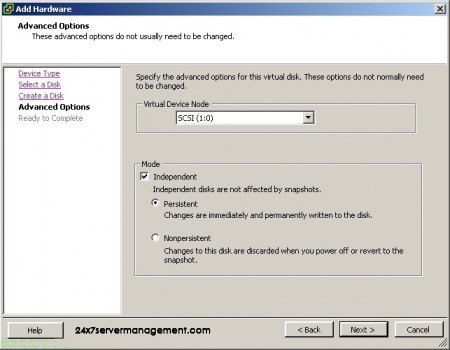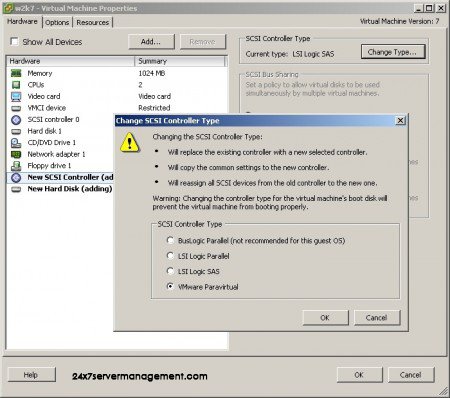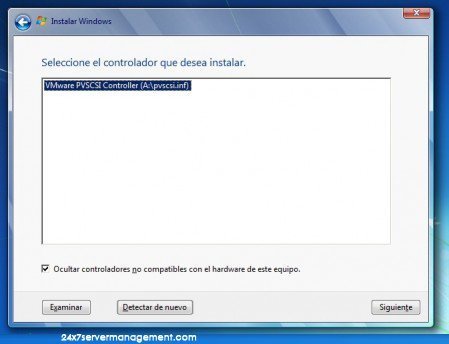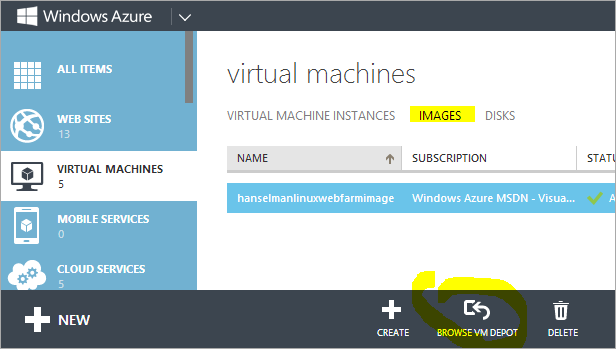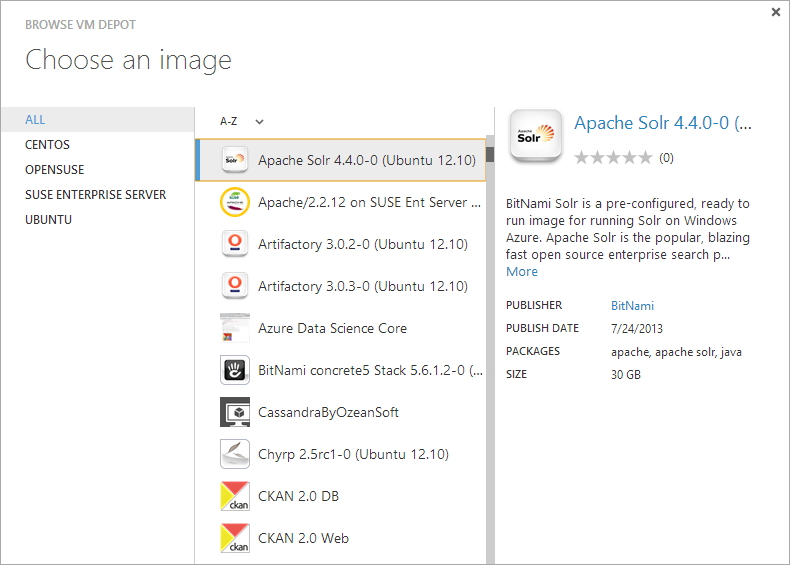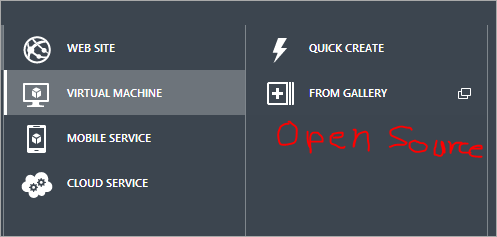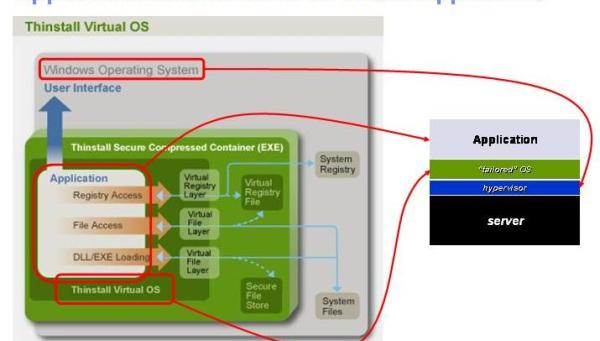What is server virtualization ? Real Concepts explained
Server virtualization is an amazing process to understand. It remains the masking of server resources or links including processors, the identity and number of individual physical servers, and OSs from server users. The administrator will make use of software application in breaking down a physical server into several different virtual environments. The virtual environments are usually called VPSs. Nevertheless, they are as well called instances, guests, emulations or containers. There are 3 well-known strategies to server virtualization. This can be found in the likes of virtualization at the OS layer, the paravirtual machine model, and the virtual machine model. Is your quest for server management, server virtualization, hardware virtualization or the function of the entire process? In this content, you will discover the value of server management, server virtualization, hardware virtualization and their image presentation.
The paravirtual machine model is as well focused on the guest/host paradigm. It makes use of a virtual machine as well. In the PVM, the VMM will alter the guest OS code. The alteration of the OS code is known as porting. In most cases, you will discover that the porting process works with the VMM. It means that porting can make use of accepted units called sparingly. PVM just like virtual machines is able of operating several OSs. UML and XEN both make use of the PVM without any difficulty.
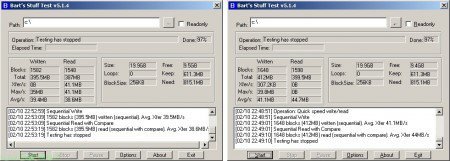 Virtual machines are often based on the guest/host process. Every visitor will have to operate on a similar virtual platform of the hardware layer. This method will enable the visitor OS to run without any alterations. The process will enable the administrator to design visitors that make use of several OSs. It is important to know that the visitor will not have any idea or understanding of the host’s OS. This is simply because it’s not aware the system is operating on a real hardware unit. On this note, it is expedient to get active computing links from the host. For this reason, it will make use of a hypervisor to set up instructions to the CPU. The VMM is also called the hypervisor system. The VMM helps to activate all the visitor-issued CPU information and maintains any executed code that needs extra privileges. Microsoft server and VMware both make use of the virtual machine model to function effectively.
Virtual machines are often based on the guest/host process. Every visitor will have to operate on a similar virtual platform of the hardware layer. This method will enable the visitor OS to run without any alterations. The process will enable the administrator to design visitors that make use of several OSs. It is important to know that the visitor will not have any idea or understanding of the host’s OS. This is simply because it’s not aware the system is operating on a real hardware unit. On this note, it is expedient to get active computing links from the host. For this reason, it will make use of a hypervisor to set up instructions to the CPU. The VMM is also called the hypervisor system. The VMM helps to activate all the visitor-issued CPU information and maintains any executed code that needs extra privileges. Microsoft server and VMware both make use of the virtual machine model to function effectively.
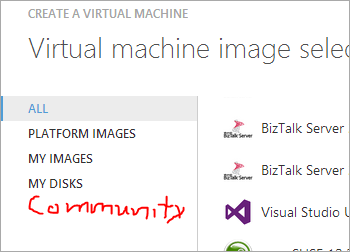 Virtualization at the operating system level works in a slightly different way. It is not cascaded on the guest/host paradigm. The host will run a single operating system kernel as its experts and core functionality to every visitor in the OS level model. In this cases, it is important for all guests to make use of the OS as the host. However, several distributions of the same system are accepted. This distributed strategy will get rid of system calls between layers that minimize CPU usage overhead. It is as well needed that every partition is strongly removed from its neighbors. This will help to prevent a security breach or failure in one partition is not able to disturb any of the other alternatives. Common libraries and binaries on the same physical platform or machine can be shared in this model. This will enable an OS-level virtual server to contain several guests at the same time. Solaris and Virtuozzo Zomes both make use of OS-level virtualization.
Virtualization at the operating system level works in a slightly different way. It is not cascaded on the guest/host paradigm. The host will run a single operating system kernel as its experts and core functionality to every visitor in the OS level model. In this cases, it is important for all guests to make use of the OS as the host. However, several distributions of the same system are accepted. This distributed strategy will get rid of system calls between layers that minimize CPU usage overhead. It is as well needed that every partition is strongly removed from its neighbors. This will help to prevent a security breach or failure in one partition is not able to disturb any of the other alternatives. Common libraries and binaries on the same physical platform or machine can be shared in this model. This will enable an OS-level virtual server to contain several guests at the same time. Solaris and Virtuozzo Zomes both make use of OS-level virtualization.
Server virtualization can be seen or taken as an aspect of the overall trend in IT enterprise. It includes network virtualization, storage virtualization, and workload management. The trend or innovation remains an aspect in the growth of autonomic computing. This will enable the server environment to manage itself with respect to perceived activity. Server virtualization can as well be utilized to get rid of server sprawl. This will thereby help to establish an efficient use of the server link to enhance availability. It can be used in development processes, testing, to assist in disaster recovery, and to centralize server administration. The whole concept is large and wide to cover if the real image of presentation is viewed. Hardware virtualization and server management can as well help to understand the entire concept perfectly. If you are looking to understand the complete strategy of how server virtualization operates, then the image presentation and complete explanation in this content will help greatly. You can take your time to digest the comprehensive details of server virtualization as presented above.


